Deck & Commander Strategies
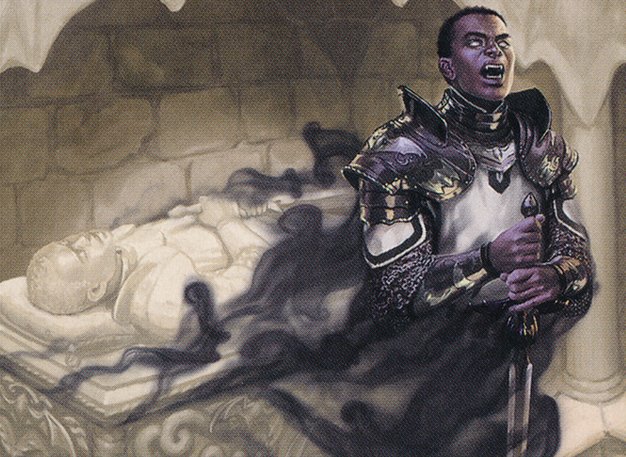
Regal Bloodlord
Generate value from life gain by creating flying bat tokens each end step, aiming to overwhelm opponents with a growing swarm of creatures.
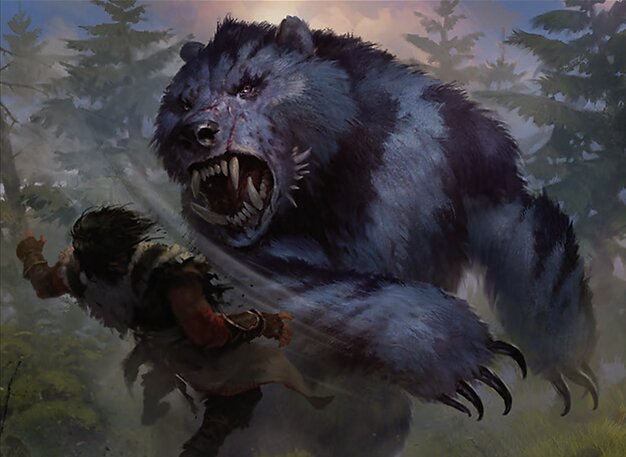
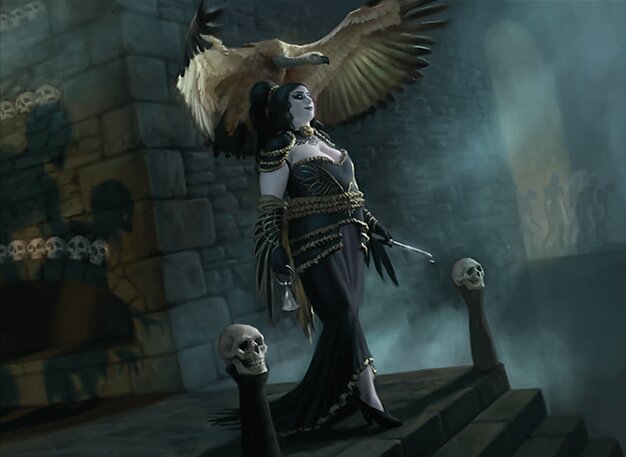
Goreclaw, Terror of Qal Sisma & Isareth the Awakener
Leverage Goreclaw’s ability to reduce the cost of big creatures and boost their power and trample on attack, combined with Isareth’s graveyard recursion to maintain board presence.
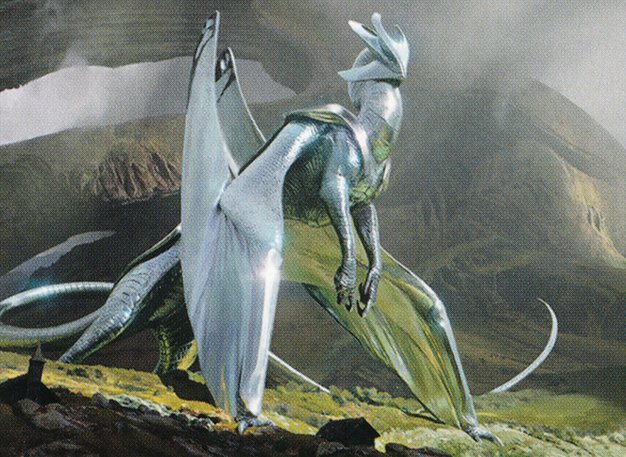
Chromium, the Mutable
Utilize Chromium's flash and hexproof abilities to protect itself while applying pressure through evasive attacks and potential transformations.
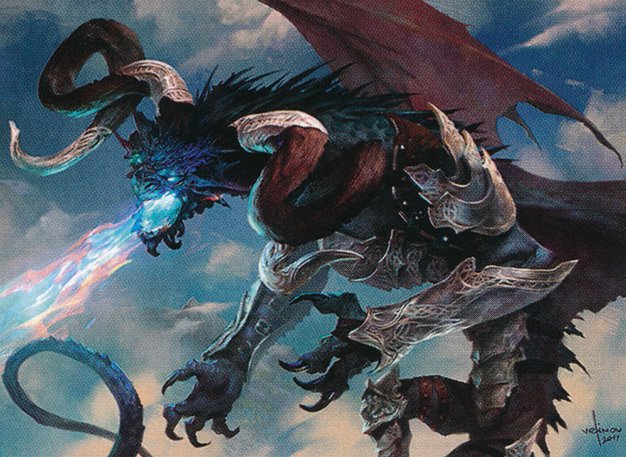
Palladia-Mors, the Ruiner
Use Palladia-Mors’ extensive keywords including flying, vigilance, trample, and hexproof to dominate combat and control the board.

Isareth the Awakener
Focus on graveyard synergy, reanimating creatures and gaining incremental advantage through recursion effects.
Gameplay Insights
- 1
Choosing commanders early to build synergy backward is an effective deckbuilding approach to maximize card utility.
- 2
Life gain combined with token creation (Regal Bloodlord) can quickly generate board presence and pressure multiple opponents simultaneously.
- 3
Goreclaw’s ability to reduce casting cost and boost attacking creatures incentivizes a strategy centered on large creatures with trample for aggressive combat.
- 4
Playing creatures with deathtouch early (Daggerback Basilisk) serves as a strong defensive deterrent to attackers, protecting life total and board state.
- 5
Palladia-Mors’ combination of keywords makes it a highly versatile threat that forces opponents to consider multiple interaction avenues.
- 6
Maintaining tempo by playing creatures on curve and using abilities like reanimation (Isareth) and flash (Chromium) enhances board control and adaptability.
Notable Cards
-

Regal Bloodlord
-

Goreclaw, Terror of Qal Sisma
-

Isareth the Awakener
-

Chromium, the Mutable
-

Palladia-Mors, the Ruiner
-
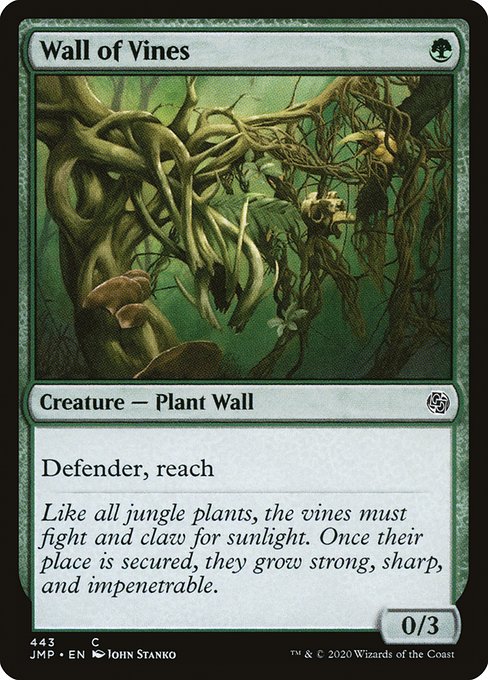
Wall of Vines
-

Reassembling Skeleton
-
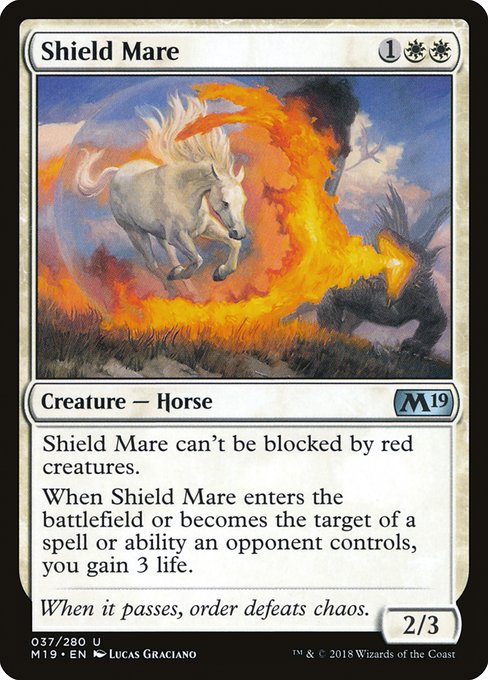
Shield Mare
-
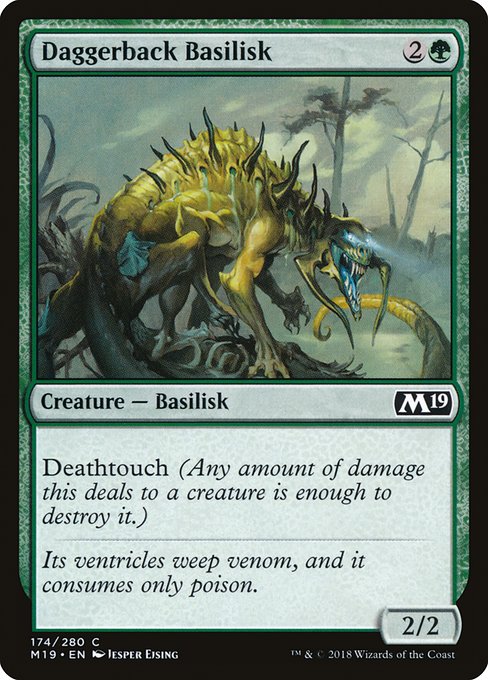
Daggerback Basilisk
Gameplay Summary
The game begins with players drafting from Core Set 2019 cards to build 60-card decks with commanders chosen from the set's legendary creatures.
Danny picks Regal Bloodlord, focusing on a life gain and token strategy, while another player uses a partner pairing of Goreclaw, Terror of Qal Sisma and Isareth the Awakener to capitalize on big creatures and graveyard recursion.
Chromium, the Mutable and Palladia-Mors, the Ruiner are also featured as commanders with diverse abilities, such as hexproof and multiple keywords, respectively.
Early game plays involve establishing board presence with creatures like Diraph Ghoul and Wall of Vines, with some players setting up for life gain synergies and others preparing to leverage creature power boosts and graveyard interactions.
Key turning points include the deployment of creatures with deathtouch and the first swings of combat damage, which begin to pressure opponents.
The players demonstrate awareness of synergy between their commanders and their decks’ creatures; for example, Goreclaw’s ability to reduce casting costs and boost attacking creatures contrasts with Regal Bloodlord’s bat token generation from life gain.
The game is still developing as players manage mana and board state, with some threats like Palladia-Mors looming due to its extensive keyword suite.
The interplay between creature abilities, life gain, and graveyard recursion hints at multiple potential win conditions, with the battle for board control and incremental advantage shaping the flow of the match.














![Commander VS S13E6: ??? vs ??? vs ??? vs ??? [EDH] thumbnail](https://i.ytimg.com/vi/BNrY8YYbS1E/sddefault.jpg)

![Commander VS S12E1: Nicol Bolas vs Arcades vs Vaevictis Asmadi vs Chromium [EDH] thumbnail](https://i.ytimg.com/vi/gtfErgL6f9U/sddefault.jpg)












![Commander Gameplay #32 - Gavi v. Goreclaw v. Heliod v. Golos [EDH Gameplay] thumbnail](https://i.ytimg.com/vi/8KOuMSeD264/sddefault.jpg)


![Commander Gameplay #31 - Trynn and Silvar v. Nikara and Yannik v. Damia v. Goreclaw [MTG GAMEPLAY] thumbnail](https://i.ytimg.com/vi/0XHC3Iiq4zc/sddefault.jpg)
